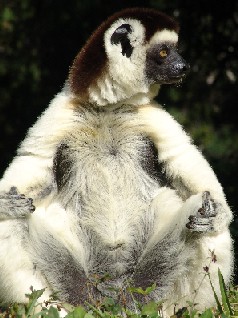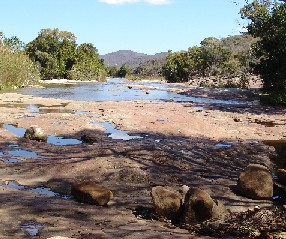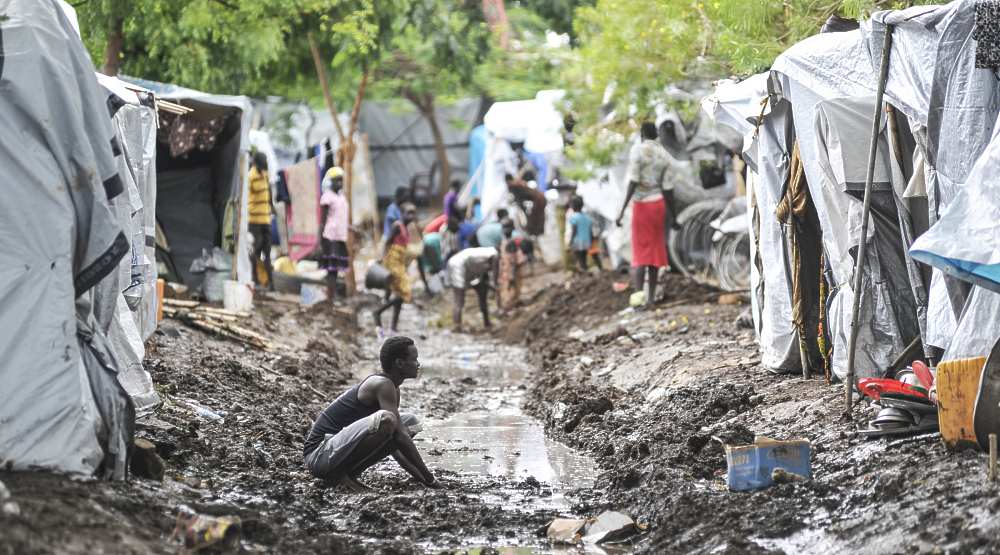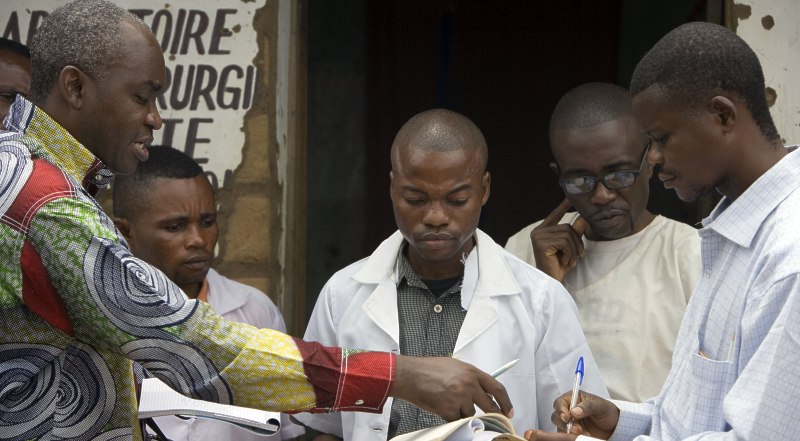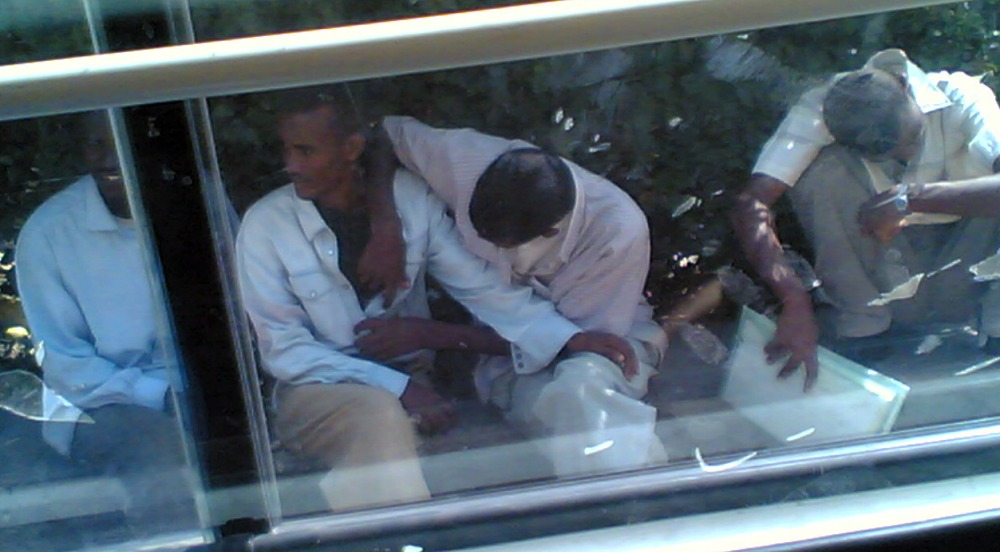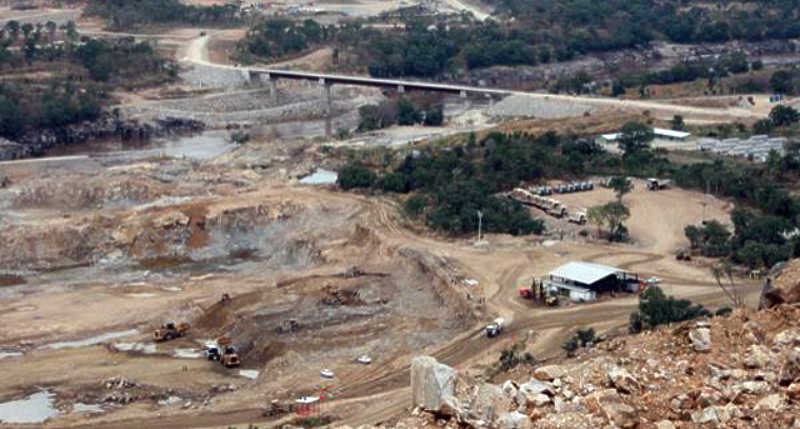|
Madagascar Environment - Nature | Travel - Leisure Madagascar's Atsinanana rainforest is world heritage
The mini-continent of Madagascar completed its separation from all other land masses more than 60 million years ago and has since that lived in splendid isolation. During these years, the Malagasy flora and fauna has become unique, diversifying in the island's desert, savannah and rainforest climate regions.
And the fauna of the six Malagasy rainforests is indeed unique. All five families of Malagasy primates, all endemic lemur families, seven endemic genera of rodents and six endemic genera of carnivores are represented in Atsinanana. Of 25 endemic and near-endemic mammal species in the rainforests, 22 are threatened; eight are critically endangered and nine endangered. IUCN hopes that the World Heritage inscription of the six disconnected national parks will lead to further protection of Madagascar's remaining rainforests. The environmentalists were somewhat critical to the Malagasy government's decision to nominate such a fragmented natural site. Geographically, the parks are widely separated, especially a northern and a southern group. "There are significant discontinuities in habit between the northern and southern groups such that connectivity has essentially been permanently lost; however habitat connectivity still exists within the northern and southern groups, albeit not yet permanently protected," IUCN noted. It is reported that none of the forested areas between the parks are likely to be given national park status or added to current parks, to the disappointment of environmentalists. For Malagasy authorities, the inscription is welcome news to the country's great effort to promote ecotourism. Several of the parks that are now World Heritage are already developed as tourist destinations. The professionally managed Ranomafana National Park has significant tourism infrastructure and the park shares the income from entrance permits with local communities living adjacent to the park. Also Agence Nationale pour la Gestion des Aires Protégées (ANGAP) - the managing authority of all the parks - gets a great part of its revenues from tourism taxes and fees. In all parks, ANGAP shares revenues from fees with communities neighbouring the parks on a 50-50 basis. The growing tourism market in Madagascar therefore is increasingly important to both the management of the island's unique nature and to fighting widespread poverty in the Malagasy countryside. It is a win-win situation and the publicity given by the prestigious World Heritage List may become an important drive for ecotourism in Madagascar. By staff writers © afrol News - Create an e-mail alert for Madagascar news - Create an e-mail alert for Environment - Nature news - Create an e-mail alert for Travel - Leisure news
On the Afrol News front page now
|
front page
| news
| countries
| archive
| currencies
| news alerts login
| about afrol News
| contact
| advertise
| español
©
afrol News.
Reproducing or buying afrol News' articles.
You can contact us at mail@afrol.com


